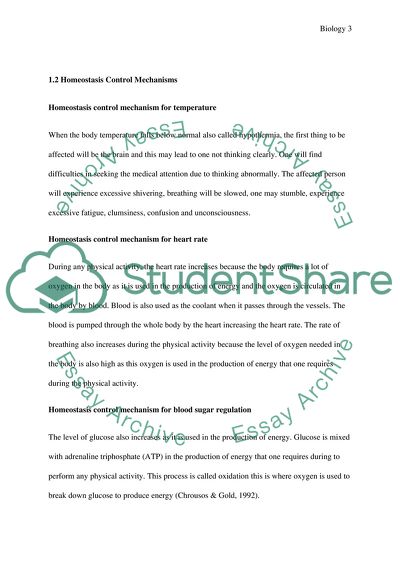Cite this document
(Homeostasis in the Human Body Essay Example | Topics and Well Written Essays - 1500 words, n.d.)
Homeostasis in the Human Body Essay Example | Topics and Well Written Essays - 1500 words. https://studentshare.org/biology/1880178-homeostasis
Homeostasis in the Human Body Essay Example | Topics and Well Written Essays - 1500 words. https://studentshare.org/biology/1880178-homeostasis
(Homeostasis in the Human Body Essay Example | Topics and Well Written Essays - 1500 Words)
Homeostasis in the Human Body Essay Example | Topics and Well Written Essays - 1500 Words. https://studentshare.org/biology/1880178-homeostasis.
Homeostasis in the Human Body Essay Example | Topics and Well Written Essays - 1500 Words. https://studentshare.org/biology/1880178-homeostasis.
“Homeostasis in the Human Body Essay Example | Topics and Well Written Essays - 1500 Words”. https://studentshare.org/biology/1880178-homeostasis.


